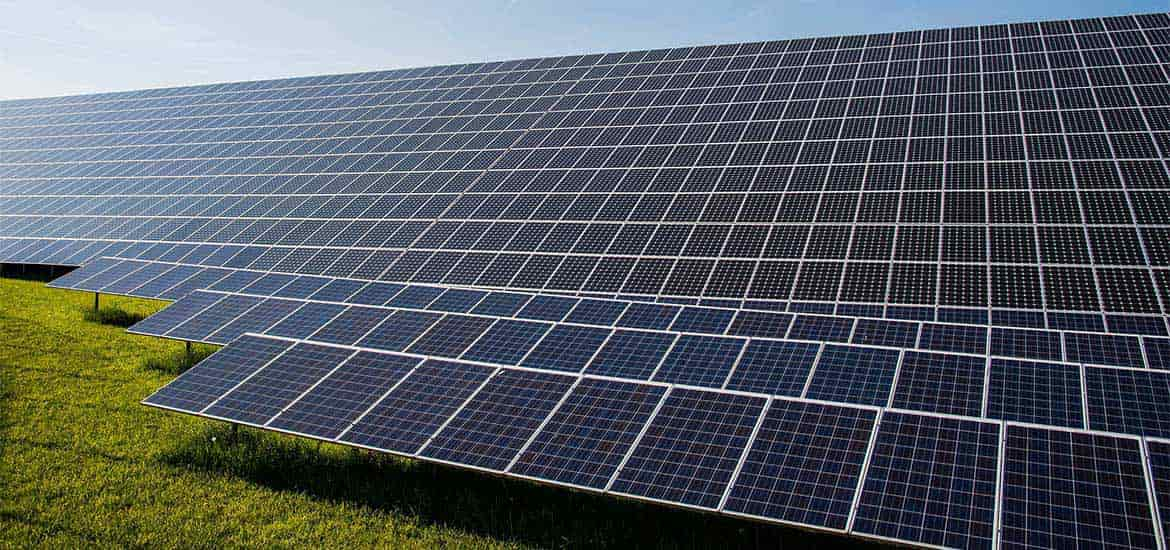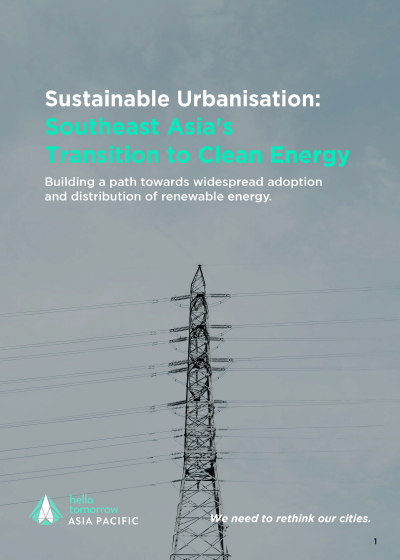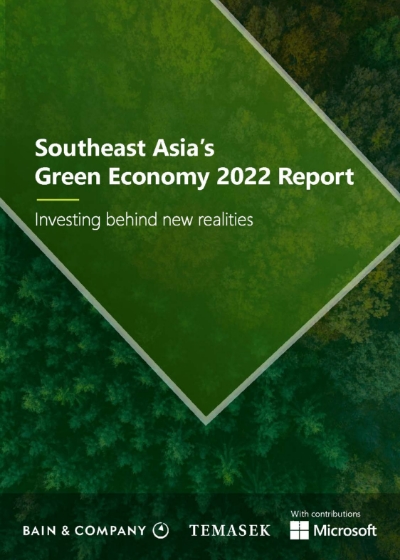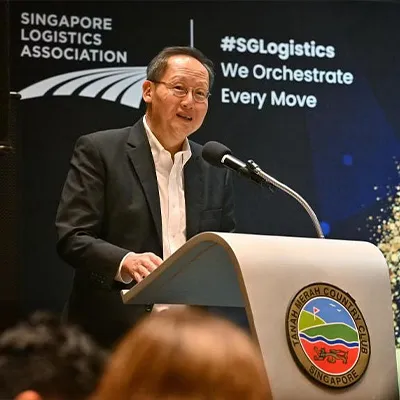The segments of commercial and industrial, and utility-scale project development offer the most attractive investment opportunities due to market maturity and potential returns, with an estimated internal rate of return of 8 to 15 per cent, Bain’s 2022 report noted.
The Southeast Asian market size for these two sectors combined are expected to yield US$16-20 billion by 2030.
And while China has been the dominant player in the global solar energy market, it has been increasing its solar investments in ASEAN to align with its One Belt, One Road projects in the region.
In July, the International Energy Agency warned that China’s domination of global solar panel markets has led to a supply chain that is too reliant on that single market. China holds a market share of more than 80 per cent for all manufacturing stages of solar panels, said the Paris-based agency.
As governments begin to focus more on solar panel supply chain diversification, Southeast Asia could emerge as an important player in sustainable energy production.
Governmental efforts
Thailand, Vietnam, the Philippines and Malaysia account for close to 98 per cent of the solar capacity in the region, noted IHS Markit.
Though land-scarce Singapore has fewer options for renewable energy, its government has big ambitions for the city-state’s solar industry. It aims to deploy at least 2 gigawatt-peak (GWp) of solar energy by 2030, which should power about 350,000 households for a year.
Led by the Economic Development Board (EDB) and Housing Development Board (HDB), the SolarNova programme was launched in 2014 and aims to accelerate the deployment of solar photovoltaic (PV) systems in Singapore. HDB announced a new solar target of 540 megawatt-peak (MWp) by 2030, after having achieved its earlier solar target of 220 MWp.
Singapore has become one of the most solar-dense cities in the world, having multiplied its solar capacity by more than seven times since 2015.
Besides building floating solar farms at reservoirs, it is piloting a new type of floating solar panel system to be placed at sea and withstand tough weather conditions.
Thailand, the largest producer of solar energy in SoutheastAsia, aims to increase the proportion of renewable energy used to produce electricity to 50 per cent in 2050, up from 20 per cent in 2021.
Investors are being offered feed-in tariff (FiT) subsidies to encourage investments in solar energy projects – similar to Vietnam, whose solar industry has seen exponential growth. An FiT is a policy designed to spur the development of renewable energy projects by buying energy at an above-market long-term, fixed-price rate.
In September, Thailand’s government published regulations for power plants to buy electricity from renewable energy sources from 2022 to 2030 under an FiT scheme, without the need for them to pay fuel costs.
Indonesia, home to the region’s largest population, has set targets for renewable energy to represent at least 23 per cent of the energy mix by 2025, and at least 31 per cent by 2050.
Some of the country’s biggest coal companies, conscious of the global shift, have invested in startups working on solar power.
Bottlenecks
Still, challenges remain. Indonesia’s archipelagic nature contributes to difficulties within the transportation infrastructure for solar materials, said Shawn Chen, director of sales and Southeast Asia at logistics company CH Robinson, in a commentary published last March.









